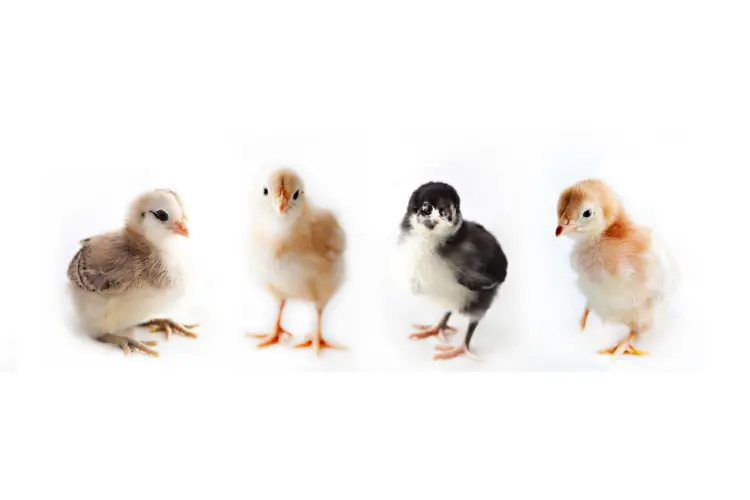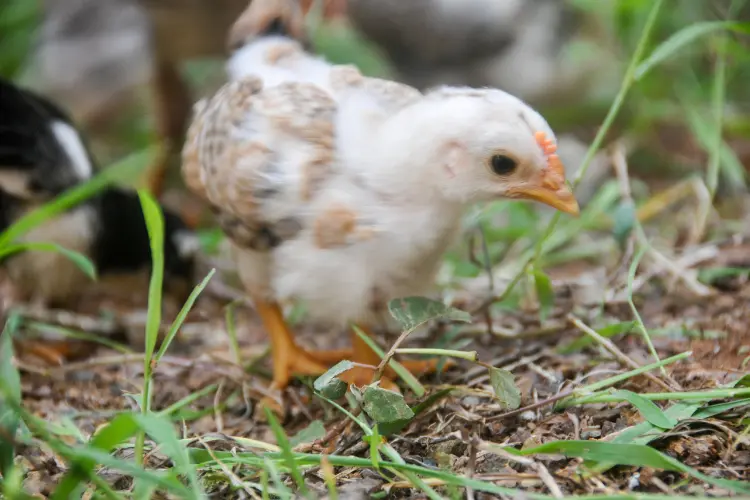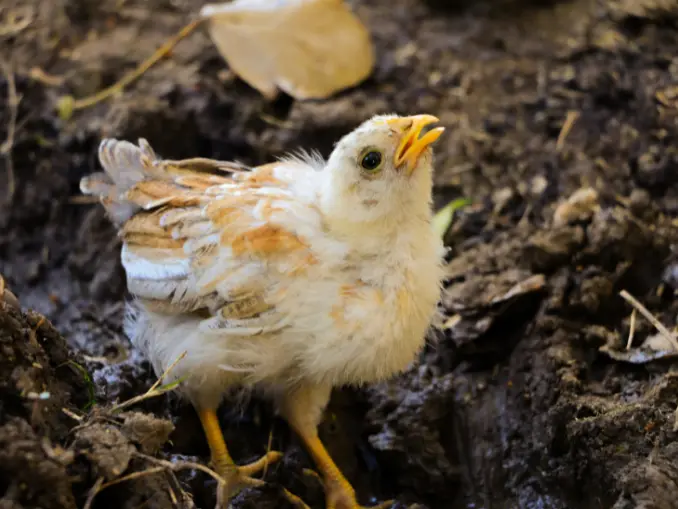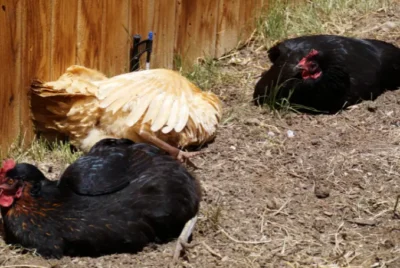2- to 3-Week-Old Chicks: Feeding, Care Tips, Housing and More
Raising chicks from their first peep to fully feathered hens or roosters is an incredibly rewarding journey. When chicks reach the age of 2 to 3 weeks, they’re on a fascinating growth trajectory, developing quickly in both size and personality. This critical period requires specific care strategies to ensure your feathered friends grow up healthy and happy. So, here’s an essential guide to feeding, housing, and caring for your 2- to 3-week-old chicks.
What Do 3-Week-Old Chicks Look Like?
By the time chicks reach 2 to 3 weeks of age, they’ve passed the most vulnerable stage of their lives but still require careful attention and specific care to ensure their healthy development. This age is characterized by rapid growth, feather development, and increased social interaction among the chicks.
- Feather Development: By 3 weeks, chicks start showing significant feather growth. Their wings, tails, and the beginnings of body feathers become more pronounced. These feathers start to replace the soft down they were born with.
- Size and Strength: Chicks are noticeably larger and stronger at this age. Their legs are more robust, and their overall size increases.
- Color Changes: Depending on the breed, the color of their feathers might start to show the patterns and colors they will have as adults. This is especially noticeable in breeds with distinct colorations or markings.
- Beak and Comb Development: The chick’s beak starts to harden and grow, and you might begin to see the development of the comb on top of their head, though it’s still very small.

Caring for Your 3-Week-Old Chicks
Caring for your 3-week-old chicks involves actively monitoring their environment, diet, and health to ensure they are developing correctly.
As your chicks grow, their need for space increases. At this stage, you should provide at least 2 square feet per chick to avoid overcrowding. Monitor the brooder temperature closely; it should be around 85°F at the start of week 2 and gradually decrease by 5°F each week. This gradual decrease helps chicks acclimate to a lower temperature in preparation for eventually moving to outdoor housing.
Moreover, regularly check for signs of illness and maintain cleanliness in the brooder by changing the bedding frequently. As their feathers begin to come in, you’ll also start to see their personalities emerge.
Read also: A Comprehensive Guide to Raising Baby Chicks Week by Week
Health and Hygiene
Keeping a clean brooder is paramount to preventing disease. Regularly change the bedding and clean the feed and water containers to keep the environment sanitary. Observe your 3-week-old chicks daily for signs of health issues, such as lethargy, unusual droppings, or lack of appetite, and consult a veterinarian if you notice any concerning symptoms.
Handling your chicks gently and frequently can help socialize them, making them more comfortable around humans. This is also an excellent opportunity to check each chick for any signs of illness or injury.
What Do 2-3 Week-Old Chicks Eat?
2- to 3-week-old chicks primarily eat a starter feed that’s formulated to meet their nutritional needs during this rapid growth phase. This feed typically contains about 18-20% protein, essential vitamins, and minerals to support their development, immune system, and feather growth. It’s important to ensure the feed is fresh and accessible at all times.
Some chick owners also introduce finely chopped, fresh greens or small mealworms as treats to begin acclimating the chicks to a varied diet. Still, these should not exceed 10% of their overall diet to avoid nutritional imbalances.

Can Your 3-Week-Old Chicks Live Outside?
Three-week-old chicks may start transitioning to living outside if the weather is warm enough and they are adequately feathered, but this transition must be done cautiously.
At this age, they still require a heat source if the outdoor temperature drops below 75°F, as they cannot regulate their body temperature efficiently until they are fully feathered, which typically happens around 6 weeks of age.
The process should be gradual, allowing the chicks to acclimate to outdoor temperatures and their new environment safely. It’s essential to provide a secure, predator-proof coop and run area that protects them from potential threats.
Additionally, ensure their outdoor housing offers sufficient shelter from wind, rain, and direct sunlight. Monitoring their health, behavior, and comfort level closely during this transition is crucial to ensure they adjust well to their new outdoor living conditions.
Read also: How Long Do Chicks Need a Heat Lamp: The Definite Answer
Preparing for the Transition Outdoors
Once again, caring for 2- to 3-week-old chicks is a hands-on experience that sets the foundation for their future health and productivity. Always remember, every chick has a unique personality and needs, so stay observant and responsive to ensure your flock thrives.




